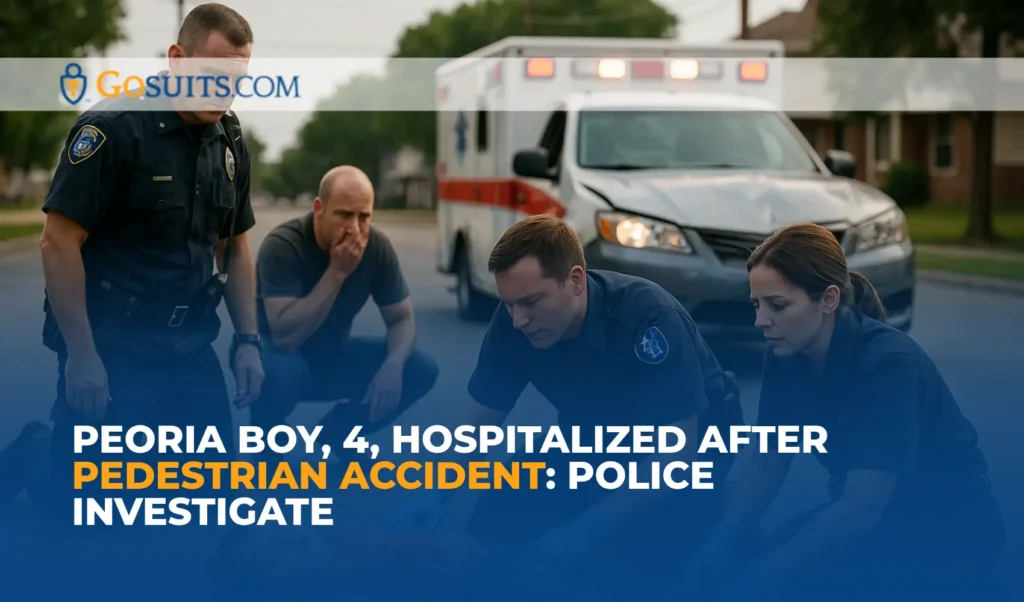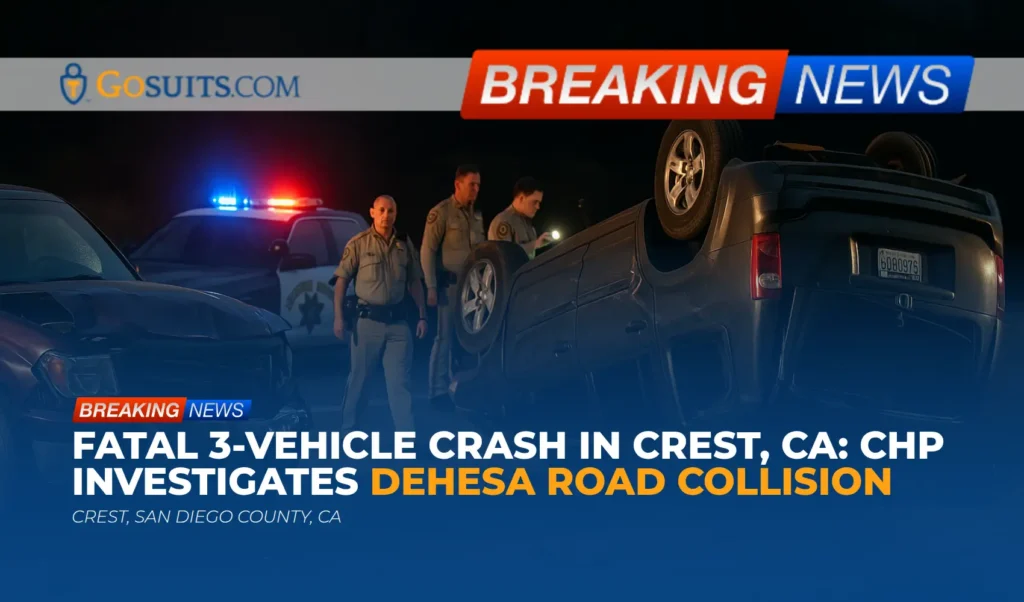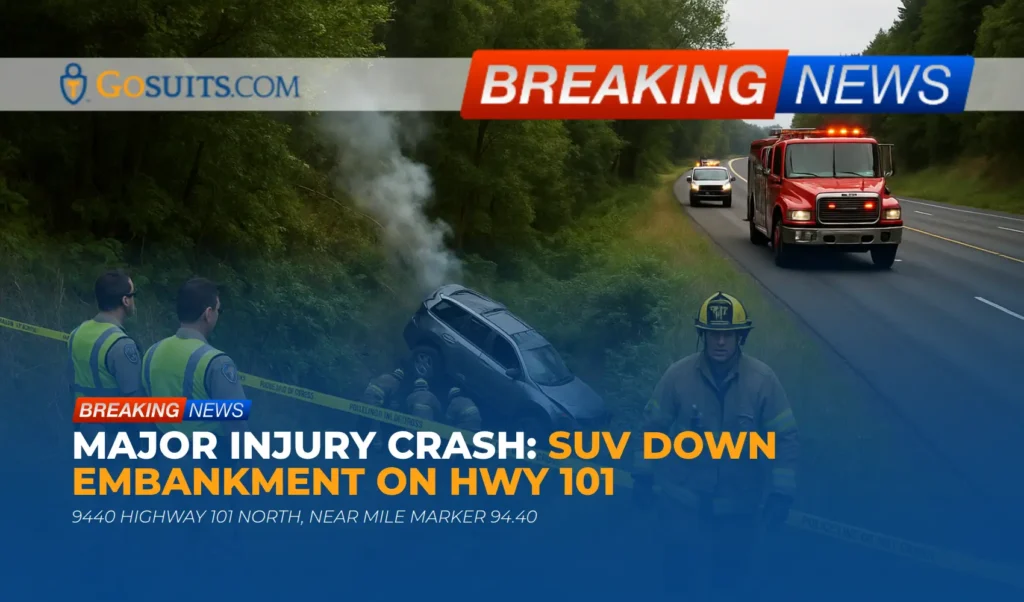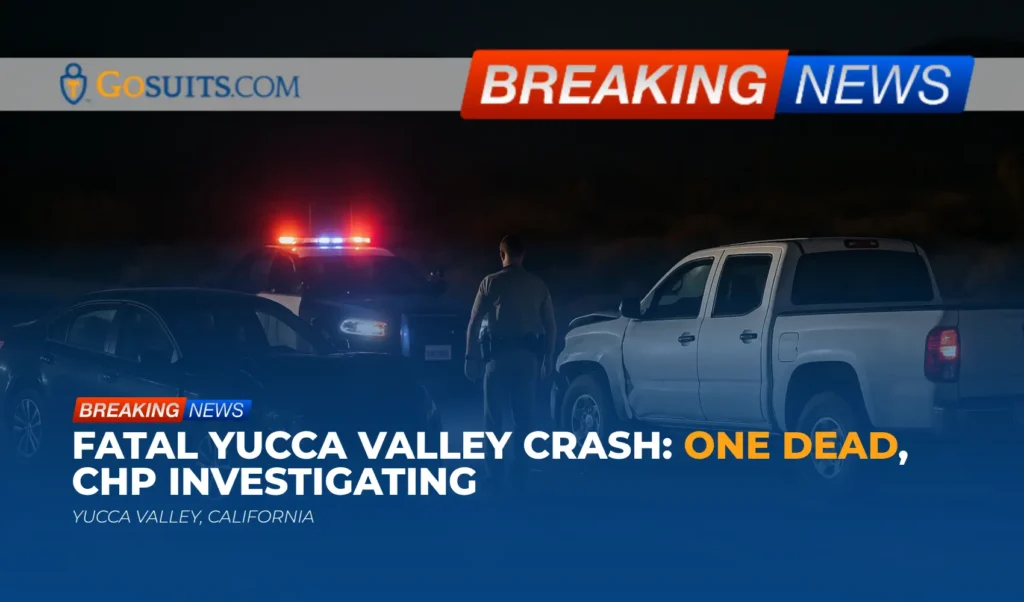A four-year-old boy was hospitalized on Tuesday afternoon after being struck by a car in the North Valley area of Peoria. The incident, which occurred around 4:45 p.m. in the 400 block of NE Adams St., near Spaulding Avenue, prompted a swift response from local authorities and emergency services. While the boy’s injuries are reported as non-life-threatening, the accident serves as a stark reminder of the potential dangers pedestrians face, especially young children, and raises important questions about liability and safety.
Incident Overview
According to a police spokesperson, the child was alert and crying at the scene, indicating some level of consciousness and responsiveness following the collision. He was promptly transported to a local hospital for medical evaluation and treatment. The driver of the vehicle remained at the scene and is cooperating with the ongoing investigation. The Peoria Police Department is currently investigating the circumstances surrounding the accident to determine the cause and contributing factors.
Legal and Safety Implications
Accidents involving pedestrians, particularly children, often involve complex legal and factual considerations. In situations like this, a thorough investigation is crucial to determine fault and assess potential liability. Several factors will likely be examined, including:
- Driver Negligence: Did the driver exercise reasonable care while operating the vehicle? This includes adhering to speed limits, maintaining proper lookout for pedestrians, and avoiding distractions. Any evidence of negligence, such as speeding, distracted driving (e.g., texting while driving), or failure to yield the right-of-way, could establish liability on the part of the driver.
- Pedestrian Right-of-Way: Was the child in a designated crosswalk or other area where pedestrians have the right-of-way? While pedestrians generally have the right-of-way in crosswalks, they also have a responsibility to exercise caution and ensure it is safe to cross. In areas without designated crosswalks, pedestrians must yield to vehicles but drivers must still exercise reasonable care to avoid hitting them.
- Visibility and Road Conditions: Were visibility conditions a factor in the accident? Factors like time of day, weather conditions, and obstructions to view can play a role in pedestrian accidents. Road conditions, such as potholes or inadequate lighting, may also contribute to the incident.
- Child’s Conduct: Given the child’s young age, their conduct will be assessed differently than that of an adult. A four-year-old is not held to the same standard of care as an adult and may not fully appreciate the dangers of traffic. However, the child’s actions will still be considered in the context of the overall circumstances.
- Parental Supervision: The level of supervision provided to the child at the time of the accident may also be relevant. While parents are not always held liable for the actions of their children, inadequate supervision could be a factor in determining liability in some cases.
Potential Legal Recourse
In the aftermath of a pedestrian accident, the injured party or their family may have grounds to pursue a personal injury claim against the at-fault party. This type of claim seeks to recover compensation for damages resulting from the accident, which may include:
- Medical Expenses: This includes the cost of emergency medical care, hospitalization, surgery, rehabilitation, ongoing treatment, and any future medical needs arising from the injuries.
- Pain and Suffering: This encompasses the physical pain, emotional distress, and mental anguish experienced by the injured party as a result of the accident.
- Lost Wages: If the injured party is an adult who has sustained injuries that prevent them from working, they may be entitled to compensation for lost income and future earning capacity. In the case of a child, while lost wages are not directly applicable, the long-term impact of injuries on their future earning potential may be considered.
- Other Damages: Other potential damages may include property damage, disfigurement, permanent disability, and other out-of-pocket expenses incurred as a result of the accident.
Insurance coverage is a significant aspect of personal injury claims. The driver’s auto insurance policy may provide coverage for the injured pedestrian’s damages if the driver is found to be at fault. In some cases, the pedestrian’s own insurance policies (such as health insurance or uninsured/underinsured motorist coverage) may also provide coverage.
Safety Recommendations
Pedestrian accidents are a serious concern, and preventative measures are essential to reducing the risk of injury. Here are some safety tips for both pedestrians and drivers:
For Pedestrians:
- Use Crosswalks: Always cross the street at designated crosswalks or intersections whenever possible.
- Obey Traffic Signals: Pay attention to traffic signals and pedestrian signals, and only cross when it is safe to do so.
- Look Both Ways: Before crossing any street, look left, right, and left again to ensure that no vehicles are approaching.
- Make Eye Contact: Try to make eye contact with drivers before crossing in front of their vehicles to ensure they see you.
- Wear Bright Clothing: When walking at night or in low-light conditions, wear bright or reflective clothing to increase your visibility to drivers.
- Avoid Distractions: Put away electronic devices and avoid other distractions that may take your attention away from your surroundings.
- Supervise Children: Children should always be supervised by an adult when walking near traffic.
For Drivers:
- Obey Speed Limits: Adhere to posted speed limits and reduce your speed in areas with pedestrian traffic.
- Be Alert: Stay alert and avoid distractions while driving, such as texting, talking on the phone, or adjusting the radio.
- Watch for Pedestrians: Be vigilant for pedestrians, especially in areas with high foot traffic, crosswalks, and school zones.
- Yield the Right-of-Way: Always yield the right-of-way to pedestrians in crosswalks and other designated areas.
- Be Cautious in Low Light: Exercise extra caution when driving at night or in low-light conditions, as pedestrians may be harder to see.
- Avoid Impaired Driving: Never drive under the influence of alcohol or drugs, as this significantly impairs your ability to drive safely.
Commentary from Gosuits Peoria, Illinois Personal Injury Attorney
This incident in Peoria serves as a somber reminder of the importance of pedestrian safety and the potential consequences of negligence on the road. When a child is injured in a pedestrian accident, the emotional toll on the family is immense, and the legal complexities can be overwhelming. A thorough investigation is essential to determine the circumstances leading to the accident, identify all liable parties, and ensure that the injured child receives the full compensation they deserve for their injuries and suffering.





